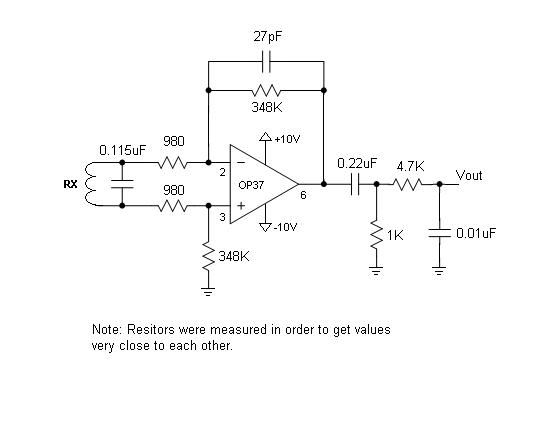"...Since I could actually see the scope increase by 2mV, maybe that is where I was wrong about this. I was expecting I would see an increase of 2mV from a small coin about 20-30cm away. But I never saw it, so I thought my circuit is bad. Maybe the preamp is almost complete, and the small coin IS IN FACT changing the amplitude...it's just that I never see it because instead of 2mV, maybe it only increase by several micro volts.
Am I correct?..."
You are correct.
If you are mostly interested in observing voltage changes which are minor and in small ranges; than i suggest you to consider some eeg preamp solutions and see how is done there.
Even better; there are dedicated chips for such task; such are precision instrumentation amplifiers.
Am I correct?..."
You are correct.
If you are mostly interested in observing voltage changes which are minor and in small ranges; than i suggest you to consider some eeg preamp solutions and see how is done there.
Even better; there are dedicated chips for such task; such are precision instrumentation amplifiers.











Comment